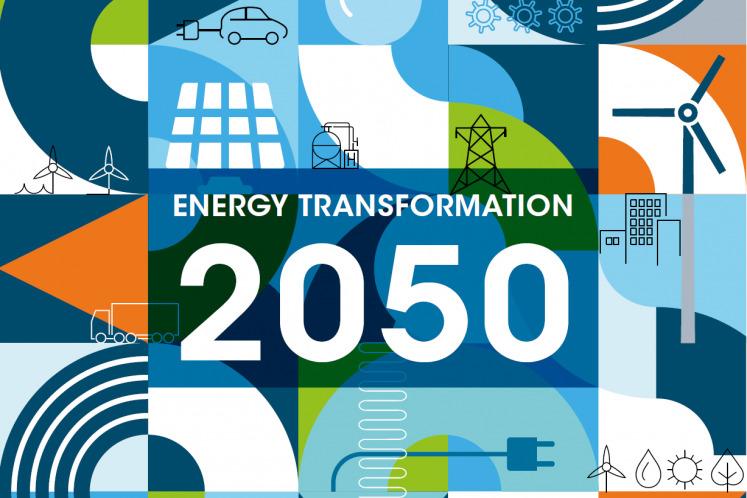Global Renewables Outlook: Energy transformation 2050

The Global Renewables Outlook shows the path to create a sustainable future energy system. This flagship report highlights climate-safe investment options until 2050, the policy framework needed for the transition and the challenges faced by different regions. As the world seeks durable economic solutions, accelerated uptake of renewables promises to drive sustainable development, boost well-being and create tens of millions of new jobs.
This comprehensive analysis from the International Renewable Energy Agency (IRENA) outlines the investments and technologies needed to decarbonise the energy system in line with the Paris Agreement. It also explores deeper decarbonisation options for the hardest sectors, aiming to eventually cut carbon dioxide (CO2) emissions to zero.
Raising regional and country-level ambitions will be crucial to meet interlinked energy and climate objectives. The report presents findings on the specific transition prospects for ten regions around the world. Comprehensive policies could tackle energy and climate goals alongside socio-economic challenges, fostering the transformative decarbonisation of societies.
Among other findings:
- Energy-related CO2 emissions have risen by 1% per year on average since 2010. While the health crisis and oil price slump may suppress emissions in 2020, a rebound would restore the long-term trend.
- The transition to renewables, efficiency and electrification can drive broad socio-economic development. The outlook’s Transforming Energy Scenario aligns energy investments with the need to keep global warming “well below 2oC”, in line with the Paris Agreement.
- Jobs in renewables would reach 42 million globally by 2050, four times their current level, through the increased focus of investments on renewables.
- The last portion of CO2 emissions will be the hardest and most expensive to eliminate. The outlook’s Deeper Decarbonisation Perspective highlights the need for innovative technologies, business models and behavioural adaptation to reach zero emissions.
- Decarbonising energy use in time to avert catastrophic climate change requires intensified international co-operation.
- Recovery measures following the COVID-19 pandemic and technologies with long-term climate sustainability include flexible power grids, efficiency solutions, electric vehicle charging, energy storage, interconnected hydropower, green hydrogen and other technology investments consistent with long-term energy and climate sustainability.
- Socio-economic measures to maximise the benefits of the energy transition include industrial policies, labour market interventions, educational and skills development and social protection programmes.
- Decarbonising energy use in time to avert catastrophic climate change requires intensified international co-operation, financial mobilisation, strengthened institutions, and broad policy cohesion.
- As governments respond to the COVID-19 crisis, they need to work together towards a Global Green Deal, recognise the advantages of renewables and efficiency, ensure a just transition for everyone, and pave the way for a clean, low-carbon global economy.
- URL of the publication: https://www.irena.org/publications/2020/Apr/Global-Renewables-Outlook-2020
Additional documents
News published on Build Up Publications
Consult the source



